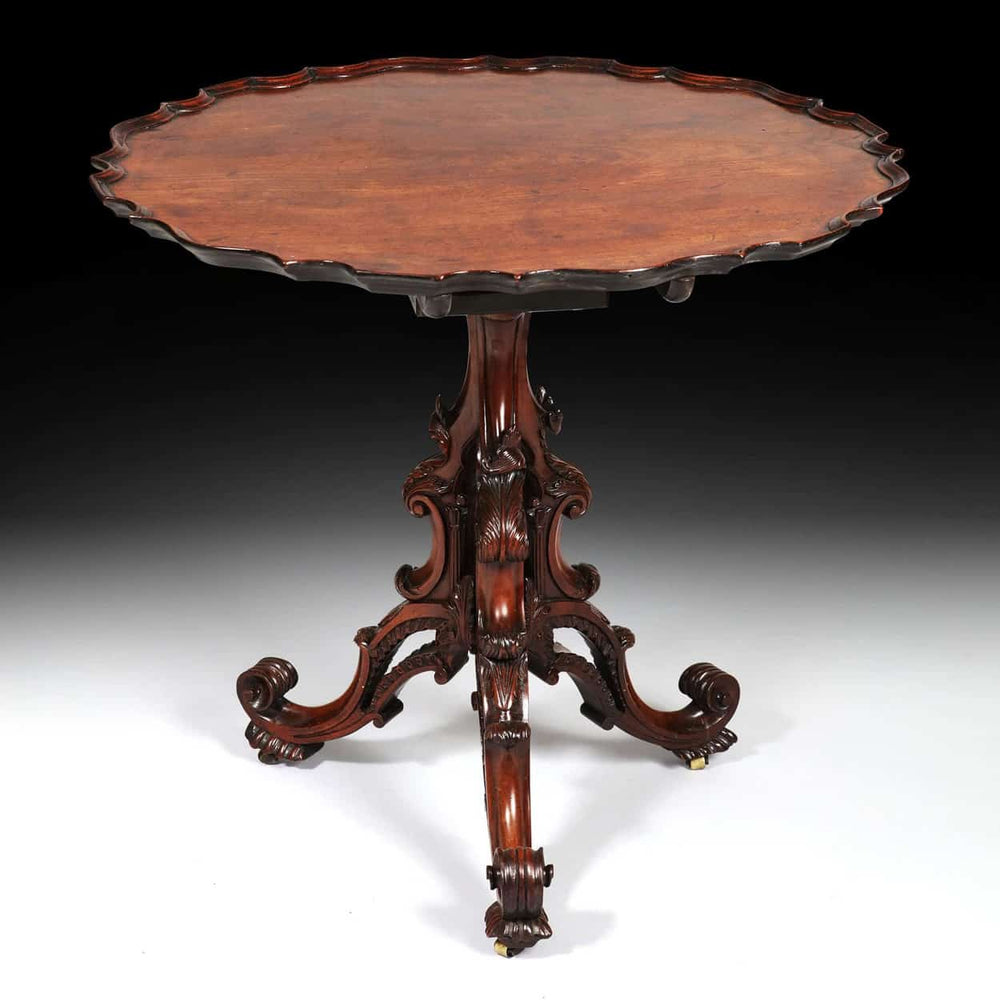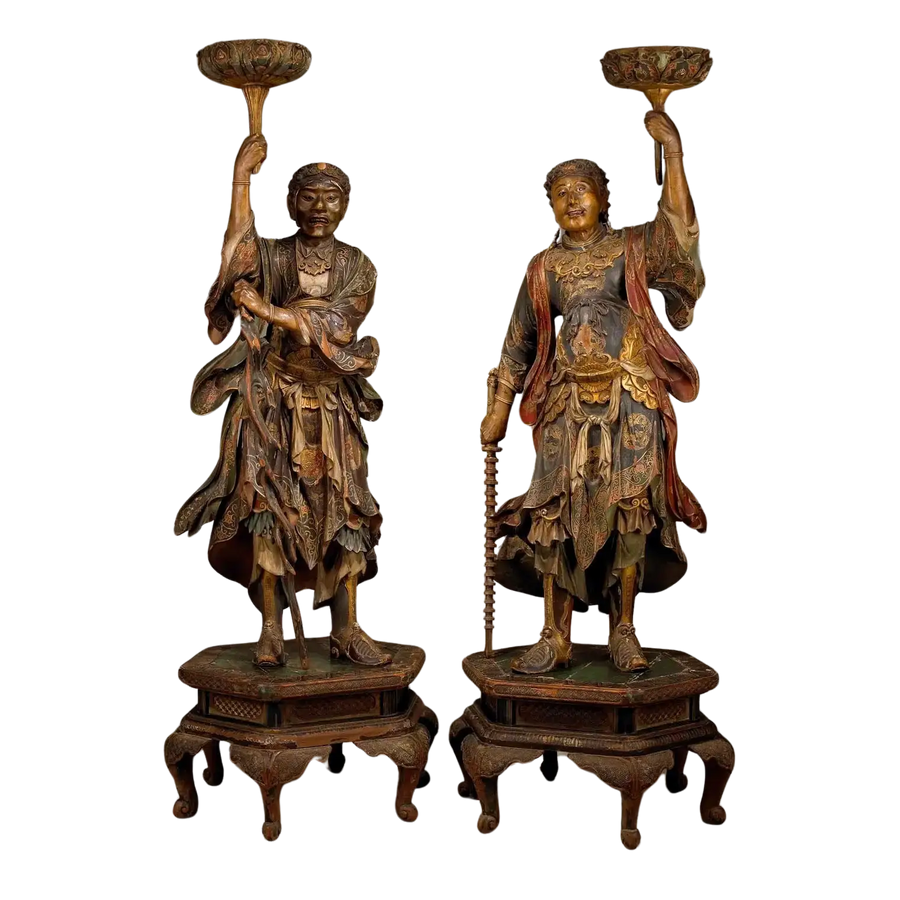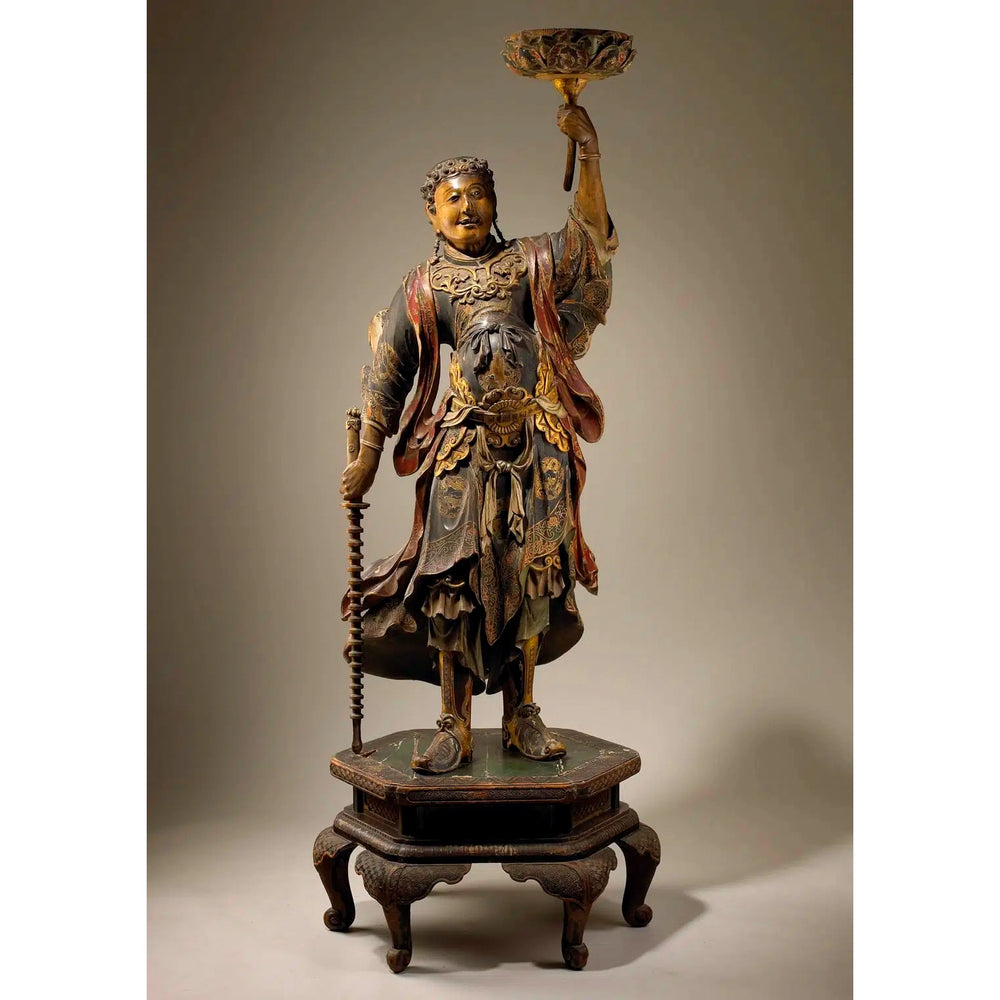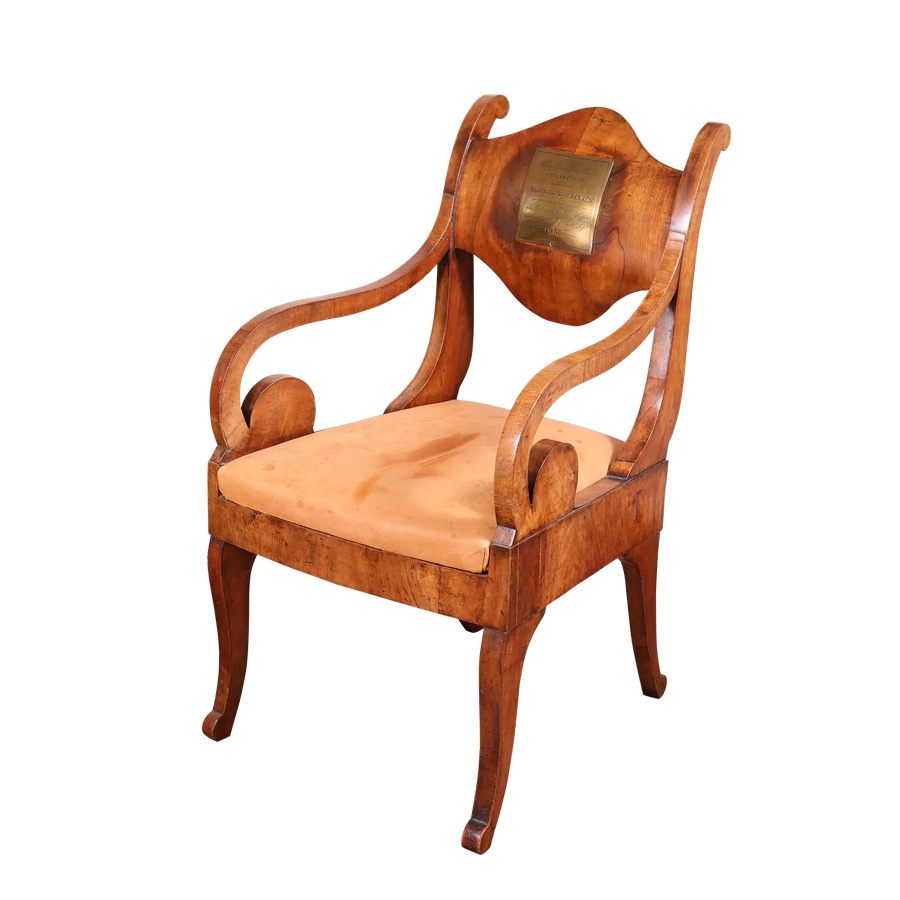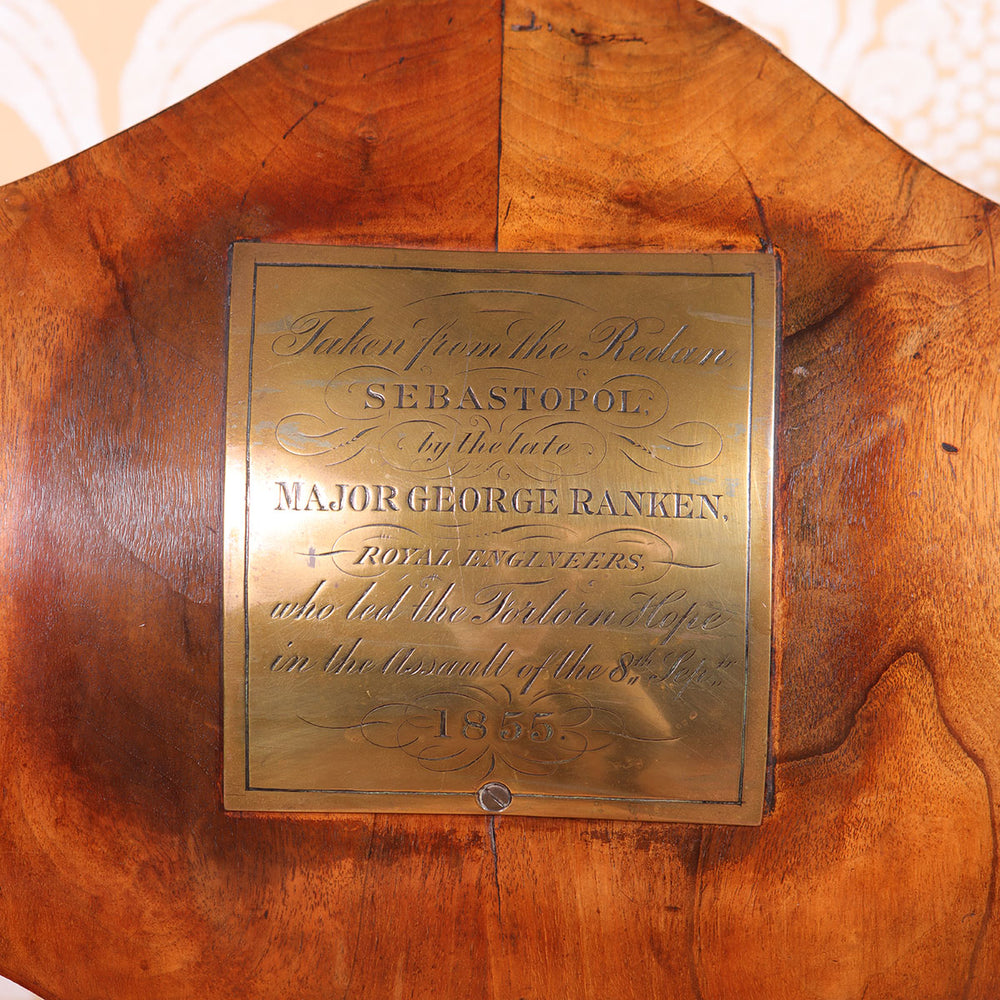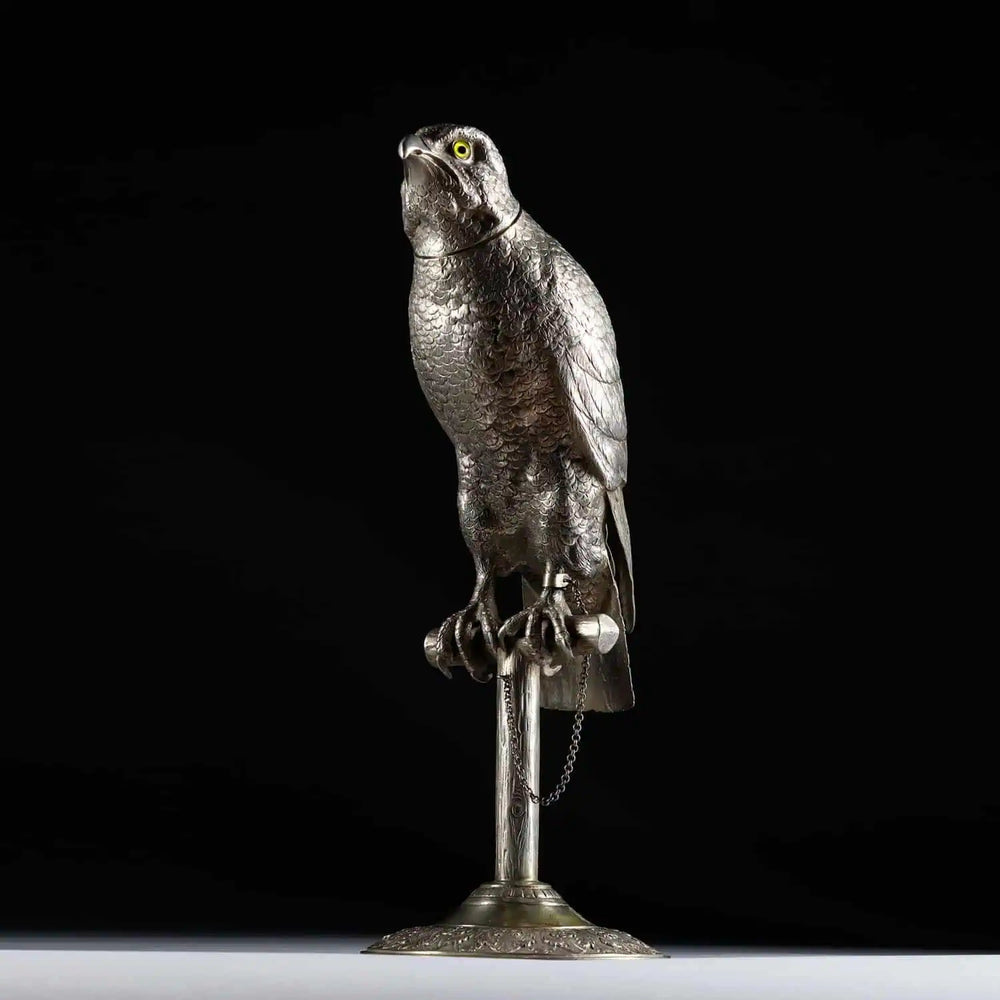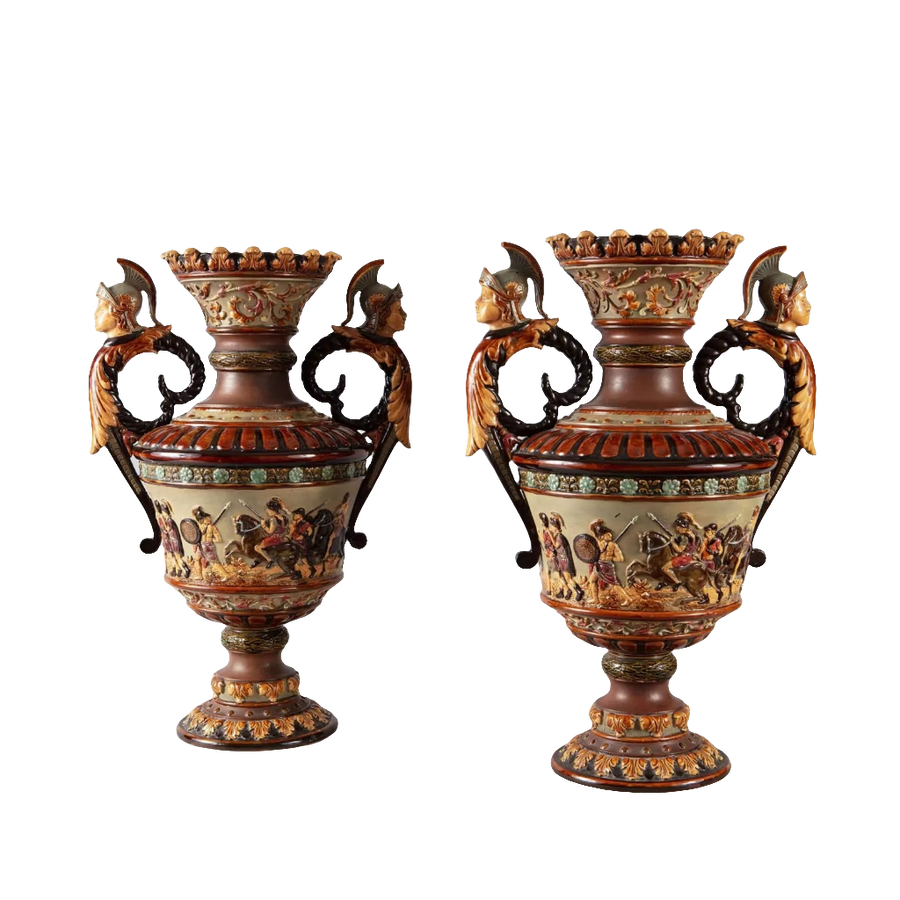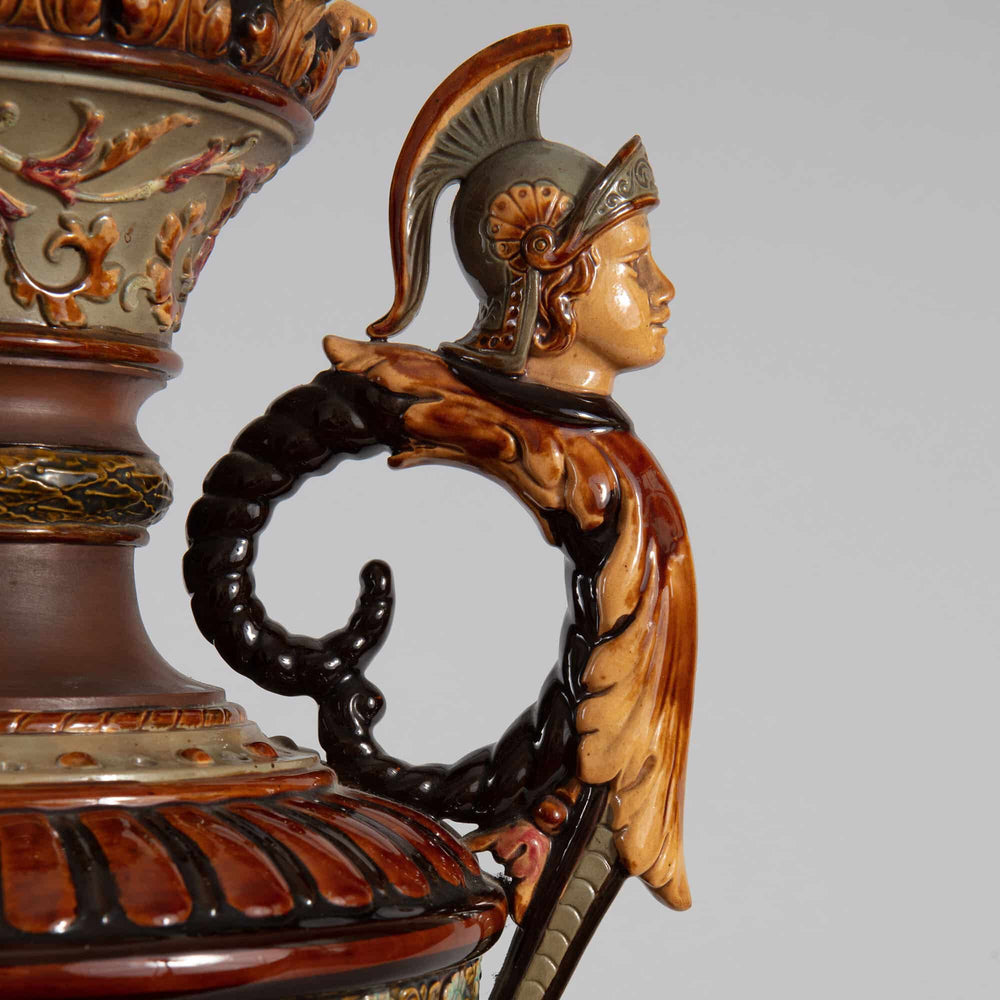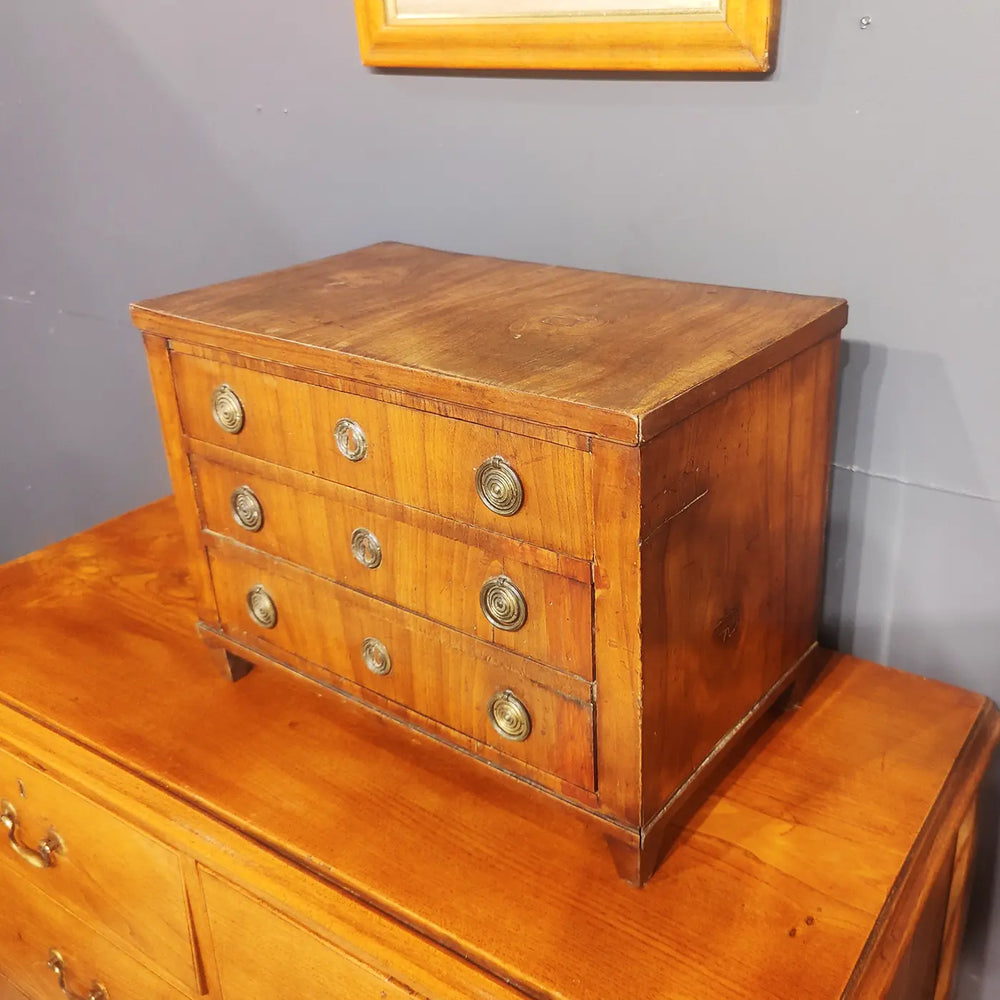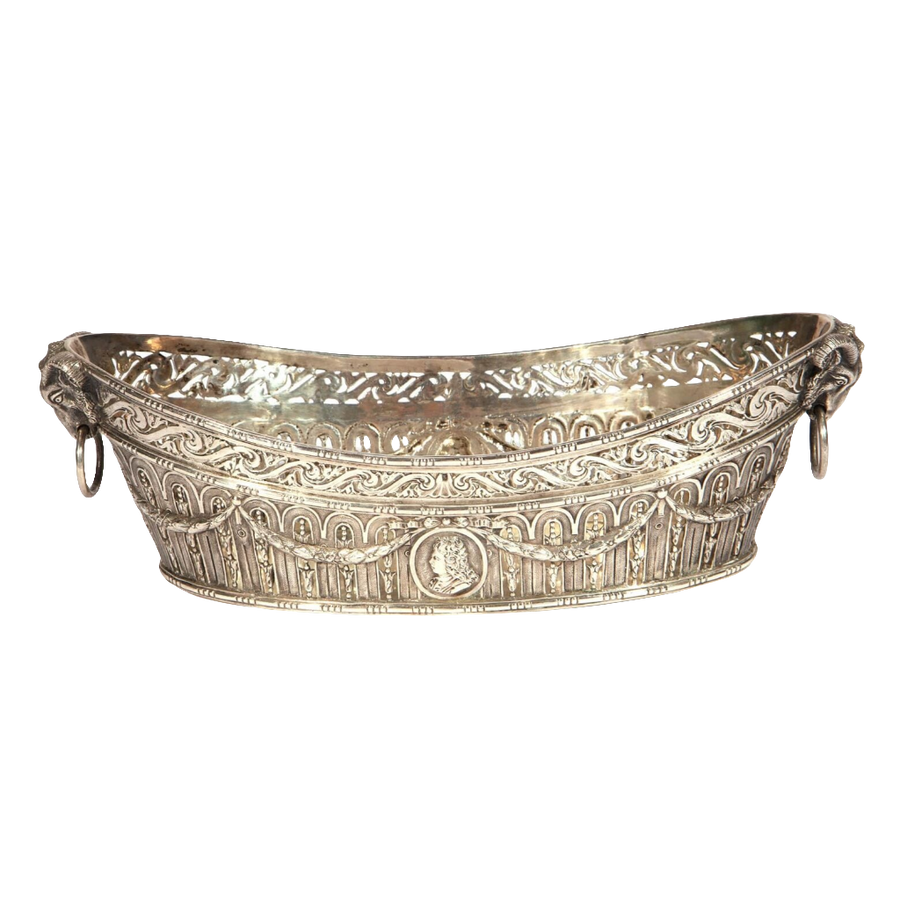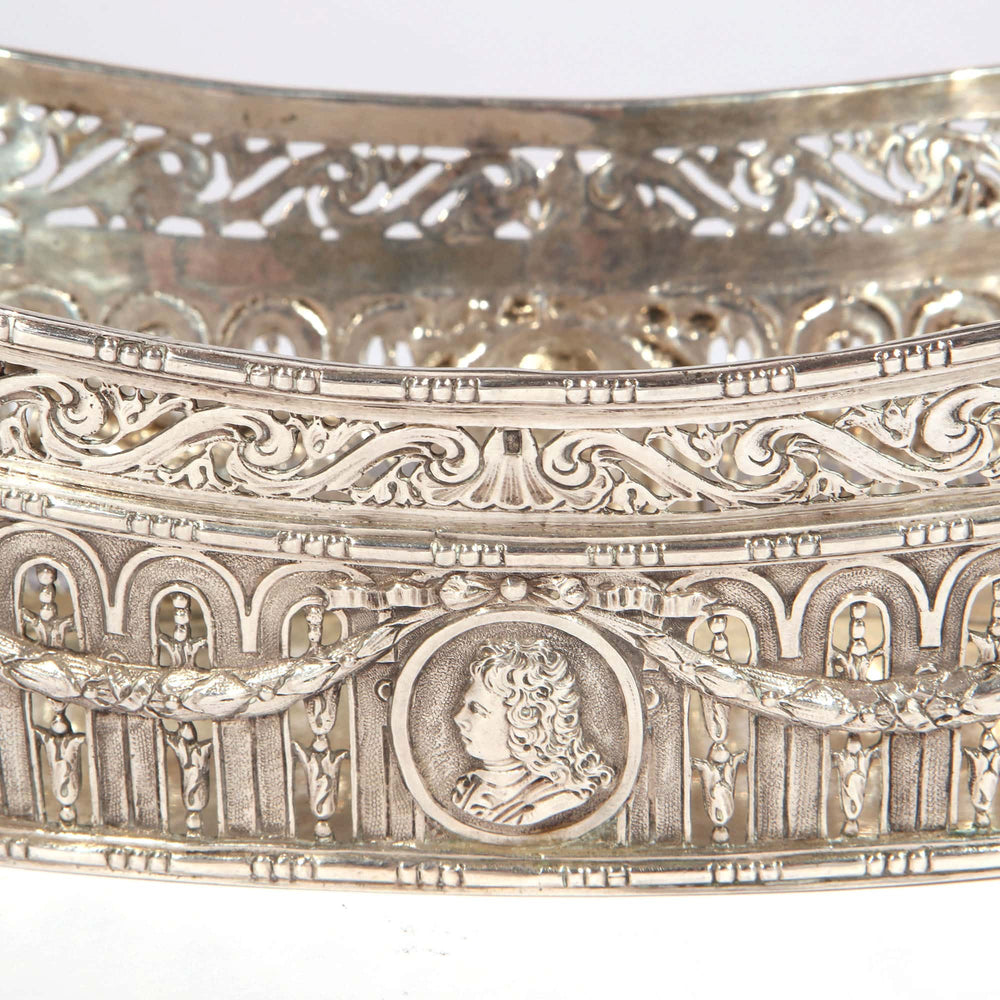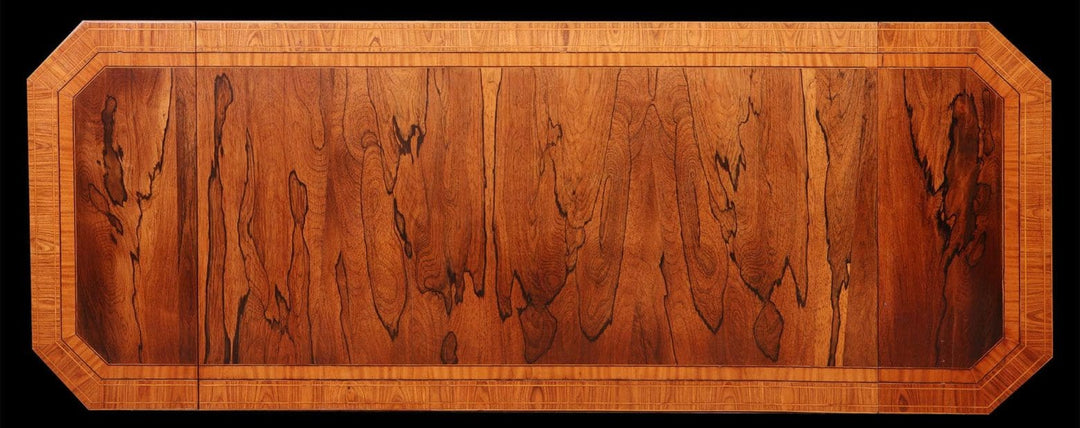
During the 18th and 19th centuries, Germany became a key player in the evolution of European decorative arts. Influenced by prominent styles like Rococo and Neoclassicism, as well as cultural trends such as the Grand Tour, German cities and states fostered artistic innovation while maintaining their regional distinctiveness.
---
Franz Habermann Rococo Designs
1. Rococo Influence in German Decorative Arts
The Rococo style, emerging in France in the early 18th century, found a welcoming audience in Germany. Characterised by its intricate and playful designs, German Rococo often featured asymmetry, pastel colours, and lavish ornamentation.
- Forms of Art: This style was prevalent in furniture, porcelain, silverware, and interior design.
- Artistic Flourish: Rococo interiors in German palaces like Würzburg Residence showcased the style's exuberance, blending artistry with luxury.
---
2. Charlottenburg and Berlin as Artistic Centres
Berlin and Charlottenburg rose to prominence as hubs of decorative arts during this period.
- Charlottenburg Palace: A striking example of Baroque and Rococo design, this palace set the tone for artistic aspirations in other German states.
- Berlin's Workshops: The city became renowned for its production of high-quality porcelain, glassware, and furniture, supporting a thriving community of artists and craftsmen.
---
3. The Rise of German Porcelain Manufactories
The 18th century marked a golden age for German porcelain, led by manufactories like Meissen.
- Meissen Porcelain: Recognised for its quality and artistic design, Meissen rivalled French and Chinese porcelain, becoming a sought-after commodity across Europe.
- Cultural Influence: German porcelain styles influenced decorative arts throughout the continent, contributing significantly to European material culture.
---
4. Impact of the Grand Tour
The Grand Tour brought young European aristocrats to Germany, leaving a lasting impact on its decorative arts.
- Exposure to Foreign Styles: Nobles returning from their travels sought to emulate the architectural and decorative styles they admired abroad.
- Diverse Inspirations: This cultural exchange enriched German decorative arts, blending external influences with local traditions.
---
5. Neoclassicism and Later Developments
In the late 18th and early 19th centuries, Neoclassicism became a dominant artistic movement, replacing Rococo's ornate style with a more restrained aesthetic.
- Classical Revival: Inspired by antiquity, Neoclassicism prioritised symmetry, simplicity, and order.
- Adaptation in Germany: German craftsmen incorporated Neoclassical elements into furniture, porcelain, and silverware, resulting in a sophisticated yet understated style.
---
6. Regional Diversity
Germany's political fragmentation during this period fostered regional variation in decorative arts.
- Distinctive Styles: Different states and principalities developed their unique approaches to materials and design.
- Enriched Traditions: This diversity created a rich and multifaceted German contribution to European decorative arts.
---
Conclusion
Germany's decorative arts in the 18th and 19th centuries showcased an extraordinary blend of innovation, adaptation, and regional character. From the exuberance of Rococo to the refined simplicity of Neoclassicism, German artists and craftsmen integrated external influences with their rich local traditions. The flourishing of porcelain manufactories like Meissen and the artistic vibrancy of cities like Berlin and Charlottenburg cemented Germany's legacy as a major force in European decorative arts. This period remains a testament to Germany's ability to balance tradition and innovation, leaving a lasting imprint on Europe's artistic heritage.





